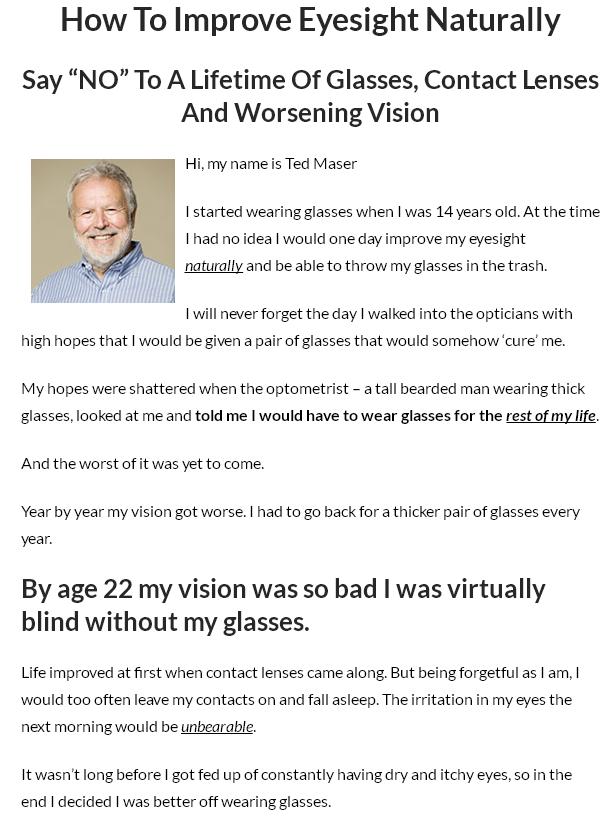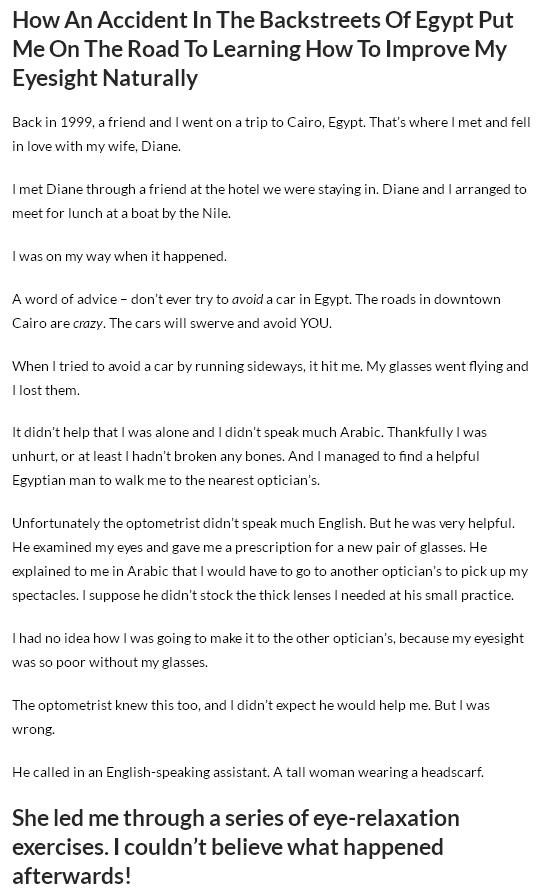Having been near sighted most of my life, my comfort zone for reading was always close to my face. I was quite startled, and almost panicked, when I had to move my phone further away to read the screen clearly. If you too need to hold the paper father away to read it or if up close work such as sewing is getting more difficult to see, then you might consider going to see your optometrist or ophthalmologist to be checked for a condition known as presbyopia. As my ophthalmologist happily pointed out after asking my age, age related presbyopia is a condition that affects people usually after the age of forty. So while we can’t keep from getting older, there are some treatments we can undertake to improve our sight.
Although it is still unclear of the exact causes of presbyopia, studies are continuing to be performed to better understand its origin. It is believed that it involves the weakening of the muscles controlling the optic lens of the eye or a loss of flexibility in the crystalline lens.
The quickest and most common form of correction is to wear glasses. There are different types of lenses for people who require them. Reading glasses are used to magnify vision for people who wish to read or do up close work such as knitting. Bifocal lenses are used to fix vision that requires both being able to see both far away and up close. The final degrees of corrective lenses are trifocals that correct vision for far away, up close and the vision in between. While reading glasses are a quick and easy fix to the problem, I typically will lose ten sets of reading glasses a week and this prompted me to look for a more permanent solution.
Another form of corrective treatment for presbyopia is called conductive keratoplasty (CK). This involves a surgeon who will use radio energy to correct the curvature of the cornea lens. This method is best suited to correct monovision in people who do not suffer from drastic vision changes on a regular basis. The result of this form of treatment is almost immediate. The final choice of treatment is by way of replacing the intraocular lens (IOL). This form of treatment is invasive and requires a period of recovery before any improvement is noticeable. In discussing this treatment with my ophthalmologist he described it as a pre-emptive cataract surgery where the lens is replaced, the added benefit being that you would never develop cataracts. The cost however may not be covered by your insurance and as with any option, you will want to investigate your coverage before proceeding.
Although the choices of treatments for presbyopia are not very vast they all have a great success rate. One thing that most people enjoy with the choice of acquiring glasses is that they can pick and choose from a myriad of frames to fit their personal mood and style. It becomes an expression of who you are. People who choose the more advanced treatments like the conductive keratoplasty or the intraocular lens replacement are usually those who will benefit from not having to wear glasses or for whom glasses are not an option. Discuss your options with your doctor and decide which would benefit your life style and budget. Growing older doesn’t mean you have to settle for seeing things less clearly than you want to.
Cathryn is a working mother of three. A self-professed health and fitness nut, Cathryn loves to research and write about health and wellness related topics. To know more please visit http://www.cathrynharperpress.com/



